John Gilmary Shea, American Catholic historian, writer and theologian, was not best pleased. He'd just heard that the Statue of Liberty was coming to New York Harbor.
As far as he was concerned She was a Pagan Goddess with no right to be in a Christian country. Plus incorrect claims were being made in Her name.
It was no Roman deity, Shea wrote, but Jesus Christ Our Lord who was the 'true light that enlighteneth the world'. Ditto freedom. 'He HATH made us free', not the false idol destined for the otherwise fully liberated Bedloe Island.
Nor was it only Catholic thinkers opposed to Her presence. The words 'Pagan' and 'idolatry' were being furiously bandied about by plenty in Protestant congregations too. Christians of all stripes were writing letters to their political representatives, outraged in sheer disbelief at the notion of a Pagan icon being placed anywhere on US soil, let alone in the first place that most visitors saw upon arrival.
No-one in the 1870s and 1880s missed that Liberty was a Goddess. It was even there in President Cleveland's speech at Her statue's dedication - 'we contemplate our own peaceful deity keeping watch before the open gates of America'.
It's only the decades since which have over-written, in the minds of the majority, Her Pagan roots with Her modern allegorical meaning of the American ideals for liberty and freedom. But She's still a Pagan deity.
By the end of this article, you'll know which one.







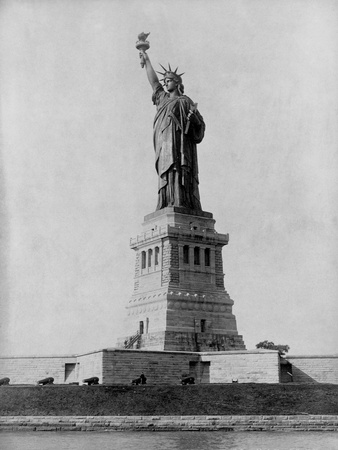

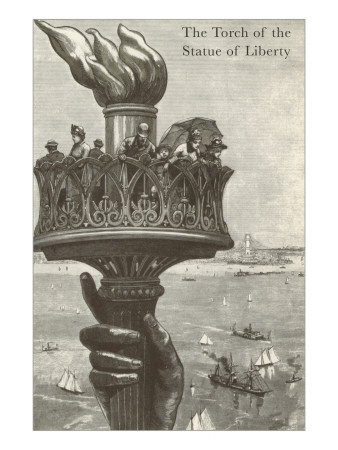

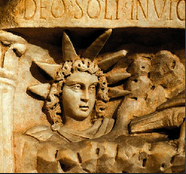
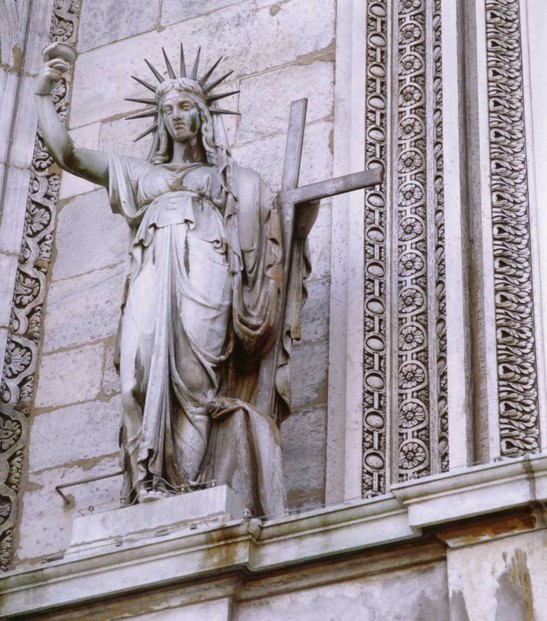











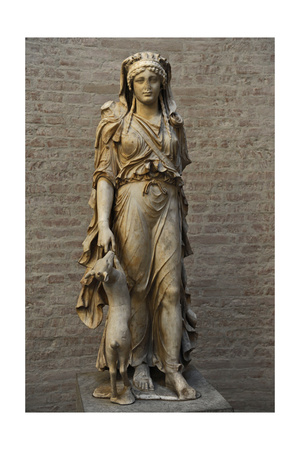
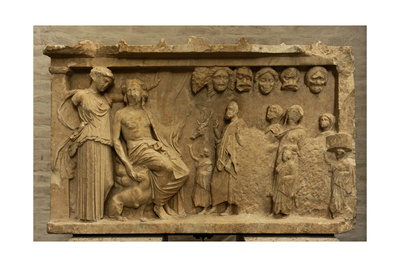
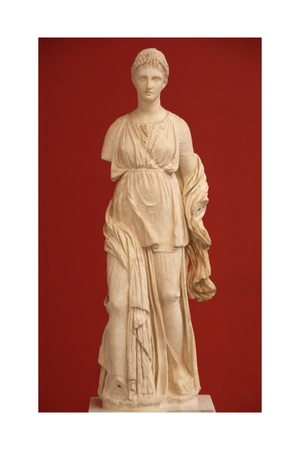
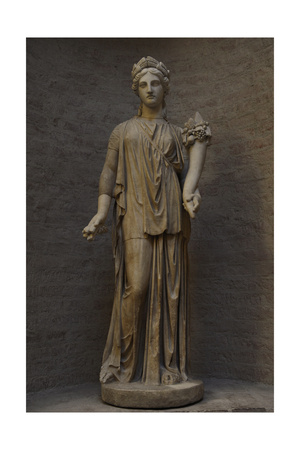

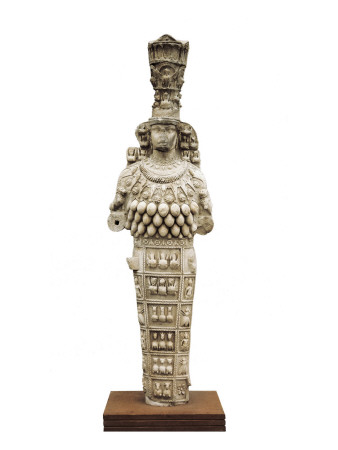










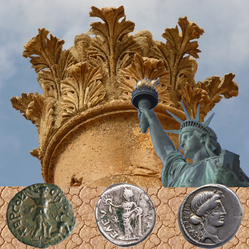

 St Tydecho's Churches in West Waleson 09/03/2014
St Tydecho's Churches in West Waleson 09/03/2014
 Goodies for an Outlander Premiere Partyon 03/06/2015
Goodies for an Outlander Premiere Partyon 03/06/2015
 Holocaust Memorial Day Interview with Rainer Höss, Grandson of Rudolf Architect of Auschwitzon 01/24/2015
Holocaust Memorial Day Interview with Rainer Höss, Grandson of Rudolf Architect of Auschwitzon 01/24/2015
 Romantic Valentine Gifts for an Outlander Fanon 01/16/2015
Romantic Valentine Gifts for an Outlander Fanon 01/16/2015



Comments
By the end of my research here, every time I encountered another 'Liberty is Lucifer!' theory, I thought, 'If only I could set Frank onto you....' Now you've actually answered them yourself. Thank you for that.
I do understand the reasoning behind equating Pagan deities with Lucifer. If you're taught that there's only one God, and then another turns up, then that God has to be explained. But it does get a little tiring, when you're trying to pick through the genuine history and the path is so muddied.
I'm glad that you liked the article. There was some serious research involved, but fortunately much of the history and spiritual concepts I already knew, which helped enormously. I'm also pleased that I was able to teach you something new. It's always fun when the familiar takes on a whole different hue.
To my wild Celtic mind, the tendency of the Romans towards reification was all to do with keeping order. They thought they controlled everything, down to and including the spiritual. If no deity did what they wanted It to do, then they invented a whole new deity. They tried to make aspects of state administration divine: the Emperor as a God; justice as a Goddess etc. Or sought control over even The Fates by inventing Fortuna to take their place. When Hadrian's boyfriend died, divinity was conferred upon him as the right of the Emperor to do so.
That's the biggest problem with the Romans - their sheer arrogance in thinking that all could be reasoned out and that they were the arbitrators of the divine. Though they did have a very good run there. But ultimately, as you said, it was folk like the Celts whose world view survived.
Ember - Ooooh! It's Kenna! In that case, I wish I'd known to tell her when she was here. :) If you do let her know, do report back what she said.
You just got a compliment in the comment section of the first in this trilogy by the way. I consider it a crowning achievement that I've corrupted your scientific mind into the ways and wiles of Pagan iconology. LOL
This article was a work of scholarship that must have taken much diligence. It will teach me not to compartmentalize. I have looked at goddess statues and yet missed the biggest in the world, because I saw it through the lens of Geography and politics.
I think that the fragmentation of liberty out of and away from Artemis was due to the Roman tendency to reification, in which abstract qualities were treated as beings, demigods in their own right. This fragmentation damaged Roman paganism, and note, it is Celtic and Norse paganism, which did not suffer this kind of fragmentary reification, that has survived in Europe, not the Roman variety.
I do agree wholeheartedly that no good is done by wrongly equating pagan deities with Lucifer/Satan. Satanism is rife with hatred, but your works, Jo, are inspired by kindly and wise spirit. To all my fellow Christians I say that to follow Christ requires you to do justice, and it is unjust to treat Pagans as Satanists.
I still live with Kenna, so we are still in contact. xD Really, i tried to get her to read about LEL and she wouldn't so I dunno if she'll take a look at these. But, I'll probably end up telling her about it, because I wonder what she'd think of it too.
Yes! Thank you for writing them. All of these different things I've been learning from you lately are so interesting, it's really got me thinking about/musing on things the past few days. :) <3
I know I banged on a bit about the Satan thing, but it really is the number one theory out there. And 99% of the time, it's because the theorist has traced back to some Pagan God or Goddess, on the most tenuous evidence, then declared the result Satanic.
It went past funny into boring.
I love your story about Kennbutt. Have you lost contact with her? I'd love to hear what she had to say about Liberty now.
Glad that you liked the trilogy that you inspired me to write. <3
LOL re the Statue of Liberty being a symbol of Satan. Sounds just about right for the state of this nation. :| And I do find it funny, drawing from my own experience, how people can use symbolism to draw conclusions but ignore the source of said symbolism. (EG I once claimed 'proof' that Pagans worshiped the devil in the fact that the god Pan looked exactly like modern depictions of the devil, ergo... Such bad reasoning XD).
I wonder what Kennbutt would have to say about the statue of Liberty being-- at the very least-- partly inspired by Artemis. When we were living together in this attic one summer before our senior year of college, and she was going through a bad breakup, we ended up reading a lot of Jungian psychology. She ended up with this book called Goddess in Every Woman, because it was the representation of two of her favorite things at the time 1. feminism, and 2. it was based on Jung. Anyways, she identified my goddess archetype for me and still occasionally refers to it, and she identified her archetype as Artemis. That transformed over time into various other things, such as her picking up goddess cards and she'd read one everyday, kind of meditate on it, and let it inspire her day. She was obsessed after that, for nearly two years. I was convinced she might end up Wiccan, or some sort of Pagan.
Then, in the end, she met another boy who taught her she didn't need religion, and the only respectable choice was atheism, which she followed because she was so enamored with him (not to say that it was in and of itself a bad thing, or that she wouldn't possibly have ended up there on her own, + people always influence our lives). Anyways, he broke her heart, and she moved to SF. It has never been lost on me that so far two of her darkest periods which I witnessed, something "magical" played a huge roll in pulling her back out. She's got a tattoo of a crescent moon meeting a bow and arrow, which make an 'A' on her ankle, from the time when she was inspired by and drew strength from Artemis. Sometimes I look at it, and in a way it blows my mind, in the sense that people are so very interesting. Spirituality is weird, but powerful.
Anyways, didn't mean to go off here, just made me think of this was all, especially with the intro bit, because I pondered on it and took myself back to a mindset where I could have thought that way.
Wonderful three articles, I learned a lot here. :)